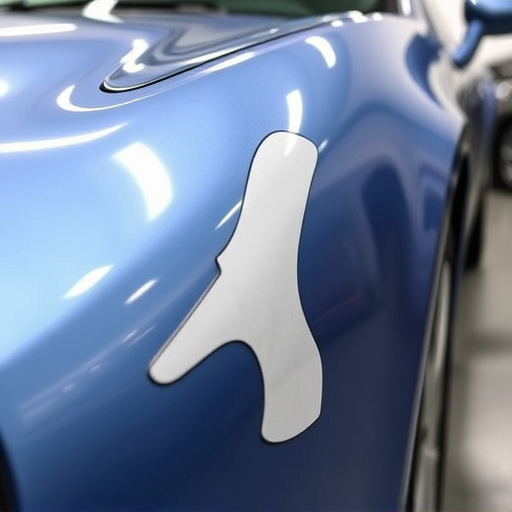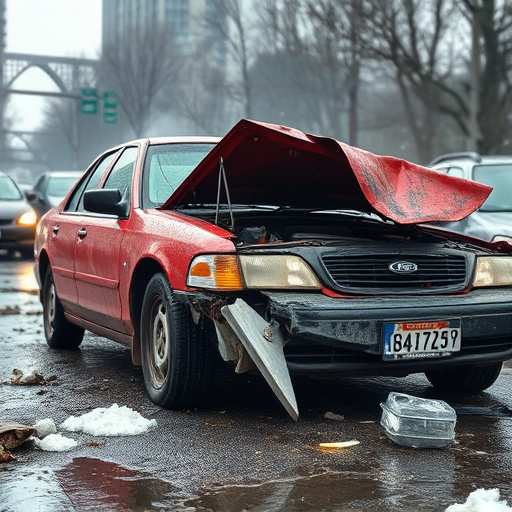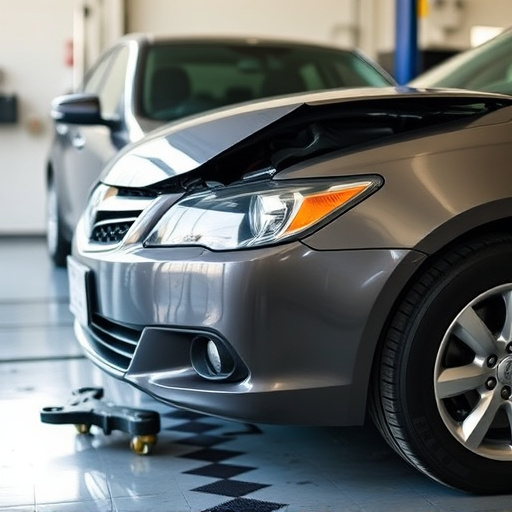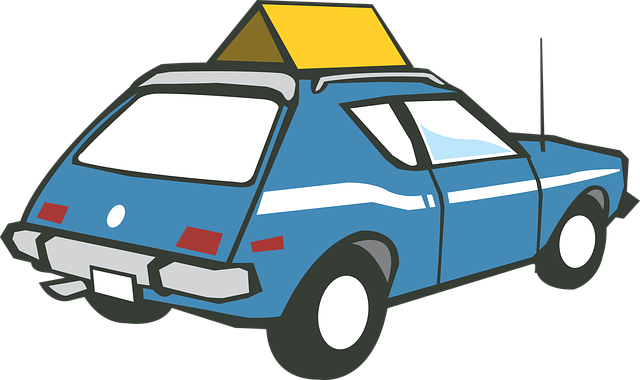Diminished value claims compensate car owners for reduced vehicle resale value after accidents or poor repairs. Evaluating these claims requires proving a direct link between incidents and subsequent value loss through expert appraisals and legal scrutiny of repair processes. Measuring and documenting diminished value involves meticulous analysis, comparing pre- and post-incident conditions using photographs, reports, and market data to accurately quantify losses.
Diminished value losses, a complex legal concept, refer to the reduction in an asset’s value due to damage or impairment. This article guides you through navigating these challenges. We explore the intricate process of evaluating diminished value claims, delving into key legal criteria, measurement techniques, and meticulous documentation required for robust case presentations. By understanding these aspects, claimants can ensure their rights are upheld in legal disputes involving diminished property value.
- Understanding Diminished Value Claims
- Legal Criteria for Evaluating Loss
- Measuring and Documenting Diminished Value
Understanding Diminished Value Claims

Diminished value claims refer to the financial compensation sought by vehicle owners when their car’s worth decreases due to damage or poor repair work. This concept is significant in the automotive industry, as it addresses the often-overlooked economic impact on car owners after an accident or subpar restoration. When a vehicle sustains damage, whether through collision or faulty repair at a car body shop, its residual value can be affected, leading to what’s known as diminished value.
These claims are not merely about the cost of automotive repair services; they focus on the reduced market value of the vehicle post-repair or after an accident. For instance, if a vehicle requires extensive repairs and is not restored to its pre-incident condition, it may lose some of its initial appeal and resale value. In such cases, diminished value claims aim to recover the difference in the car’s worth before and after the event. It involves understanding the intricacies of automotive restoration and the impact on the overall marketability of a vehicle, ensuring that owners receive fair compensation for their losses.
Legal Criteria for Evaluating Loss

Evaluating diminished value losses involves a nuanced understanding of legal criteria specific to each jurisdiction. The key aspect revolves around establishing a direct and measurable connection between the incident (e.g., an accident) and the subsequent decrease in the vehicle’s value. This typically requires expert testimony from appraisers or automotive industry specialists who can assess the pre-and post-incident condition of the vehicle, taking into account factors such as age, mileage, and the extent of any damage.
Legal proceedings for diminished value claims often involve a detailed examination of the repair process. This includes evaluating the quality and effectiveness of body shop services, considering whether repairs were carried out to industry standards, and assessing whether the restoration process adequately minimized any perceived depreciation. The burden of proof rests on the claimant to demonstrate that the vehicle’s value has indeed been diminished as a direct result of the incident, making relevant the services provided by car repair shops or body shops in the course of restoration efforts.
Measuring and Documenting Diminished Value

Measuring and Documenting Diminished Value is a meticulous process that plays a pivotal role in the legal assessment of diminished value claims. It involves a comprehensive analysis of both the pre-and post-incident conditions of the asset, typically a vehicle. To accurately quantify the loss, experts examine the overall condition of the vehicle before the damage occurred, comparing it to its state after repairs. This includes meticulously documenting all repair costs, including those for car damage repair, auto glass replacement, and bodywork services, ensuring transparency and supporting the claim’s validity.
Proper documentation is key; photographs capturing both the initial and repaired states, along with detailed reports from qualified mechanics or bodyworkers, serve as irrefutable evidence. These records not only highlight the aesthetic changes but also quantify any functional losses. By combining this evidence with industry standards and market data, legal professionals can calculate the fair market value of the vehicle before and after the incident, thereby determining the extent of diminished value.
Diminished value losses, a complex aspect of automotive law, require a thorough understanding of legal criteria and meticulous documentation. By grasping the nuances of these claims, professionals can navigate the evaluation process effectively. Measuring diminished value involves comprehensive analysis and evidence, ensuring fair compensation for vehicle owners. This structured approach to evaluating diminished value losses fosters transparency and just outcomes in legal proceedings related to these claims.














